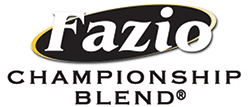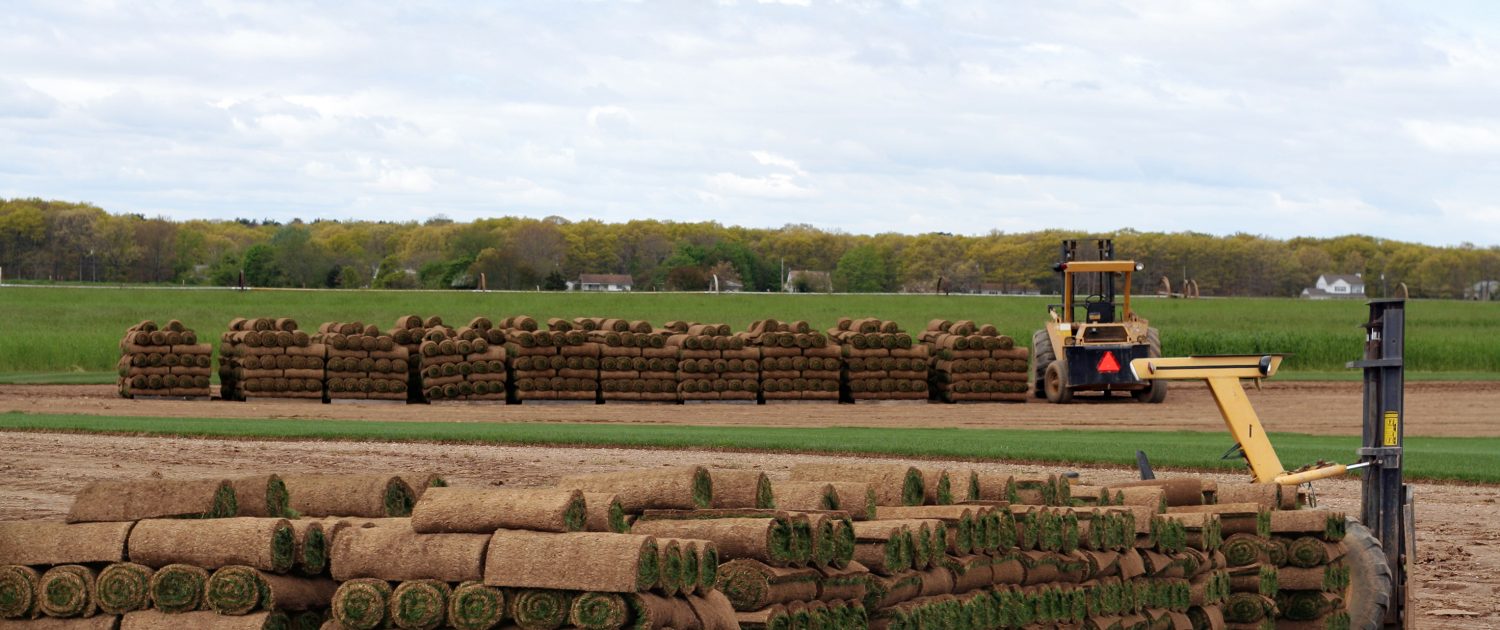What is PGPR?
PGPR is the next generation in turf fertility: A polymicrobial suspension developed from selected naturally occurring endospore forming bacterial isolates. Isolates are maintained in pure culture ensuring quality control in each and every batch. This quality control feature is verified via genetic analysis. When selected rhizobacteria are combined, they provide a microbial inoculant of PGPRs that are designed to enhance fertility products within a wide range of turf biomes. This “Bio-Charged” fertility solution is designed to provide greater nutrient utilization and efficiency. This solution provides a buffering or moderating “link” between soil health/ chemistry and turf productivity.
PGPR is unique to the marketplace. It is derived from selected rhizobacterial isolates, maintained in pure culture and combined into a multi-strain, polymicrobial suspension formulated to enhance fertilizer solutions. It has the natural ability to improve nutrient utilization which helps the turf to better tolerate biotic and abiotic interactions. This is done through the production and ultimate release of secondary metabolites (i.e. enzymes, lipopeptides, biosurfactants, etc.) into the rhizosphere which then impact turf processes such as nutrient availability, root hair proliferation, and systemic mechanisms, just to name a few. Once applied to the rhizosphere and/or phyllosphere and absorbed by the turf, it helps to promote a healthy turf with a more pronounced root system, and ultimately helps to improve turf quality. Fazio Championship Blend® PGPR, when incorporated into fertilizer solutions, truly becomes an easy to use “Bio-Charged” fertility package.
How do PGPRs work?
Metabolites produced by PGPRs promote turf health by stimulating root development and a canopy with a greater photosynthetic potential; greater leaf area index. Turf health is influenced indirectly by the production of nutrient solubilizing enzymes and organic acids. The secondary benefit is the production of defensive compounds creating tolerance to biotic and abiotic stresses. Once these bacterial endospores “germinate”, they begin normal multiplication and colonization of the rhizosphere. This gives rise to root and shoot growth, lateral root and root hair development, increased leaf surface area and chlorophyll content, and higher turf productivity. This allows for:
- Maximized nutrient utilization
- Increased root growth
- Improved density and vigor
- Reduction in thatch buildup



